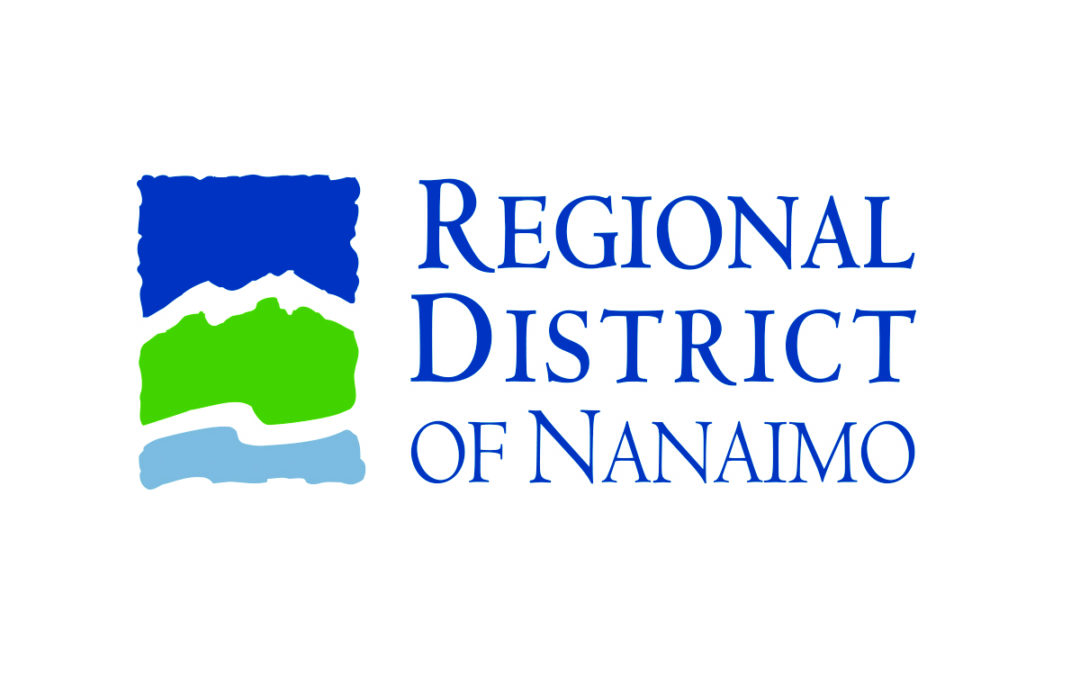Rachelle Stein-Wotten
Local Journalism Initiative Reporter, Gabriola Sounder
A project that will result in some of the most detailed mapping of land types and ecosystems in southwest B.C. needs volunteers to provide on-the-ground support.
Action for Adaptation, a partnership between the Coastal Douglas-fir Conservation Partnership (CDFCP) and UBC Botanical Gardens, is developing an online Biodiversity Atlas and needs volunteers to use their phone or tablet to verify land cover, which will help train a new computer model that will provide detailed information on biodiversity for use by local governments, First Nations and private landowners.
The model was developed by University of British Columbia Okanagan postdoctoral fellow Erin Crockett. It interprets satellite imagery and LiDAR to predict land cover to a resolution of three metres. This closer detail is unavailable currently and will help improve understanding of land-use decisions made at a local level, said Lyndsey Smith, program manager of the CDFCP.
“For example, the federal government produces a land-cover map every five years for all of Canada, and it is a fantastic tool for decision-making at a federal, and potentially a provincial level, but the mapping is completed at a 30-m resolution. The impact of decision making at a local level cannot be seen, e.g., residential areas lack detail,” Smith said.
The Biodiversity Atlas will help identify areas of high biodiversity and carbon value and include six mapping layers as identified through conversations with local government and First Nation planners: land cover and land cover change, improved environmentally sensitive areas inventory, land-based carbon, ecosystem connectivity, species at risk and of cultural value and hydrologically sensitive ecosystems.
It will cover Salish Sea islands including Gabriola, southeastern Vancouver Island, the Lower Mainland and parts of the Fraser Valley. These regions include ecosystems associated with the Coastal Douglas-fir moist maritime biogeoclimatic subzone (CDFmm), which is the smallest and most at-risk zone in B.C. The CDFmm is home to the largest number of species and ecosystems at risk in the province.
Currently there are no volunteers involved in the project on Gabriola Island. On-the-ground support is critical for the accuracy of the atlas, said Smith.
“Some of these land cover types can be difficult to define from the sky therefore we need as many points as possible on the ground confirming the land cover type so that we can increase the accuracy of the model and consequently the mapping, which will go into a Biodiversity Atlas for southwest B.C. Anyone can take part who has a phone or tablet, each point takes a couple of minutes to collect and will be invaluable in training the model.”
Once up and running, the atlas will be publicly available and downloadable. Local governments and First Nations will be able to incorporate it into their existing mapping resources “and layer it with additional information of value to the local community,” Smith said. With 80 per cent of CDFmm subzone lands owned privately, the atlas can help landowners “gain understanding of the importance of the land that they care for, in relation to their neighbours and on a regional level,” Smith said. “This may influence how they manage that land in the future.”
Volunteers are needed through the end of August to verify land cover.
To sign up, fill out the form at actionforadaptation.square.site/community-science. Volunteers with the most data collected will be showcased on the Action for Adaptation website.
Prizes are also up for grabs for all participants.





Recent Comments